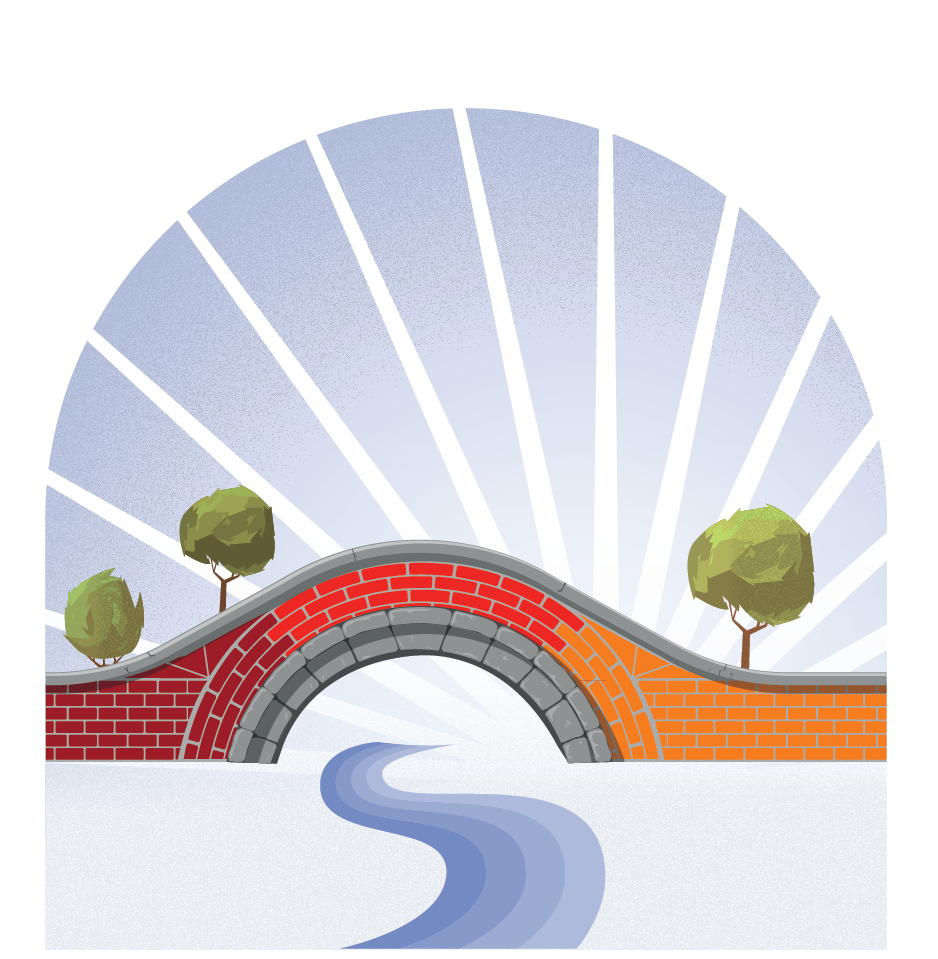Total Communication
Our curriculum is designed to reflect the varying needs of our students and identifies strategies to enable effective communication. Our communication continuum aims to support students in all stages of their communication development and prepare them for adult life.
A Total Communication approach enables students to communicate their wants and needs in their preferred mode. This means that we support every student in communicating by ensuring that their voices are heard. There are many forms of communication that students may use which are individualised to meet the needs of each one. As well as speech, these include:
- Verbal
- Signalong
- Photos
- Picture symbols
- Pictures
- PECS
- AAC
- Objects of reference
- Eye contact and facial expressions
- Gesture
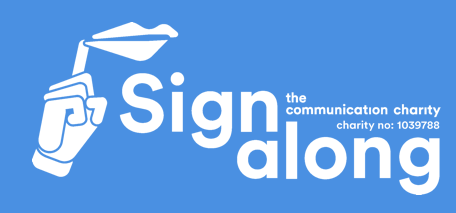
At Isebrook School, Signalong signing is used across school. It is a valuable and effective way to support both expressive and receptive language. Only keywords are signed, and students are encouraged to use signs to make requests, to comment and to answer questions. Signs are taught as part of vocabulary development opportunities during core subject and topic lessons where appropriate to the needs of the children. Through a Total Communication approach, students learn to use signing to support their access to learning and communication; helping to break down barriers in their receptive and expressive speech and language skills.
We aim to continually develop our Signalong signing environment to ensure that all staff and children can communicate effectively.
Our rationale for this is:
- Signing helps focus a students' attention on the speaker.
- It helps staff and children alike to slow down their speech.
- It provides additional visual cues to aid understanding and processing of information.
- Staff will provide a model for pupils who are developing expressive use of signs.
- Pupils with hearing impairment may be totally dependent on signing. You will therefore see signing taking place within:
- The classroom
- The dining hall
- Outdoor play
- Whole school assemblies
- Times of transition
- Lunchtime clubs
- After-school clubs
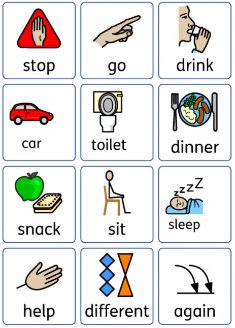
Symbols
Symbols are used to support understanding and to enable pupils to communicate their knowledge and understanding across the whole school and across the whole curriculum.
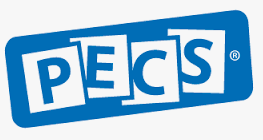
Picture Exchange Communication Systems (PECS)
PECS is used to facilitate communication by teaching an individual to give a picture of a desired item to a “communicative partner", who immediately honours the exchange as a request.
The system goes on to teach discrimination of pictures and how to put them together into sentences. In the more advanced phases, individuals are taught to answer questions and to comment.
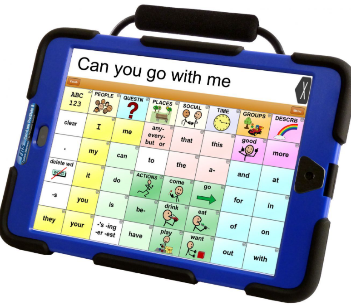
Alternative & Augmentative communication
These vary greatly from a paper-based resource to those operated on a mobile phone or iPad.
AAC methods that do not use advanced computer technology include signing, gestures, written words, symbols and picture books.
AAC methods that employ the use of technology do so at varying levels of complexity. The majority of them focus on producing speech or text for a user who finds it difficult or impossible to produce these themselves.
As a communication aid, an AAC device will be used constantly, so it must be chosen and tailored to the user to ensure it is the right one for them. An AAC specialist or speech and language therapy department may be able to help assess which kind of AAC device may be of the most use. We work with our speech and language therapist and the Northamptonshire support team to assess student needs.
Our aims are to support the development of:
Pathway 1 curriculum
- For students to learn how to communicate with others and have a secure sense of self and safety. To enable social skills and communication.
Pathway 2 curriculum
- For students to develop their intrapersonal skills and how they relate to others in the wider world. To enable effective communication skills.
Pathway 3 curriculum
- For students to understand their place in the community, demonstrating skills to be employable. To enable students to express their opinions safely and appropriately.
Pathway 4 curriculum
- For students to become independent, confident individuals ready to develop themselves in society. To enable students to express their opinions safely and appropriately.
